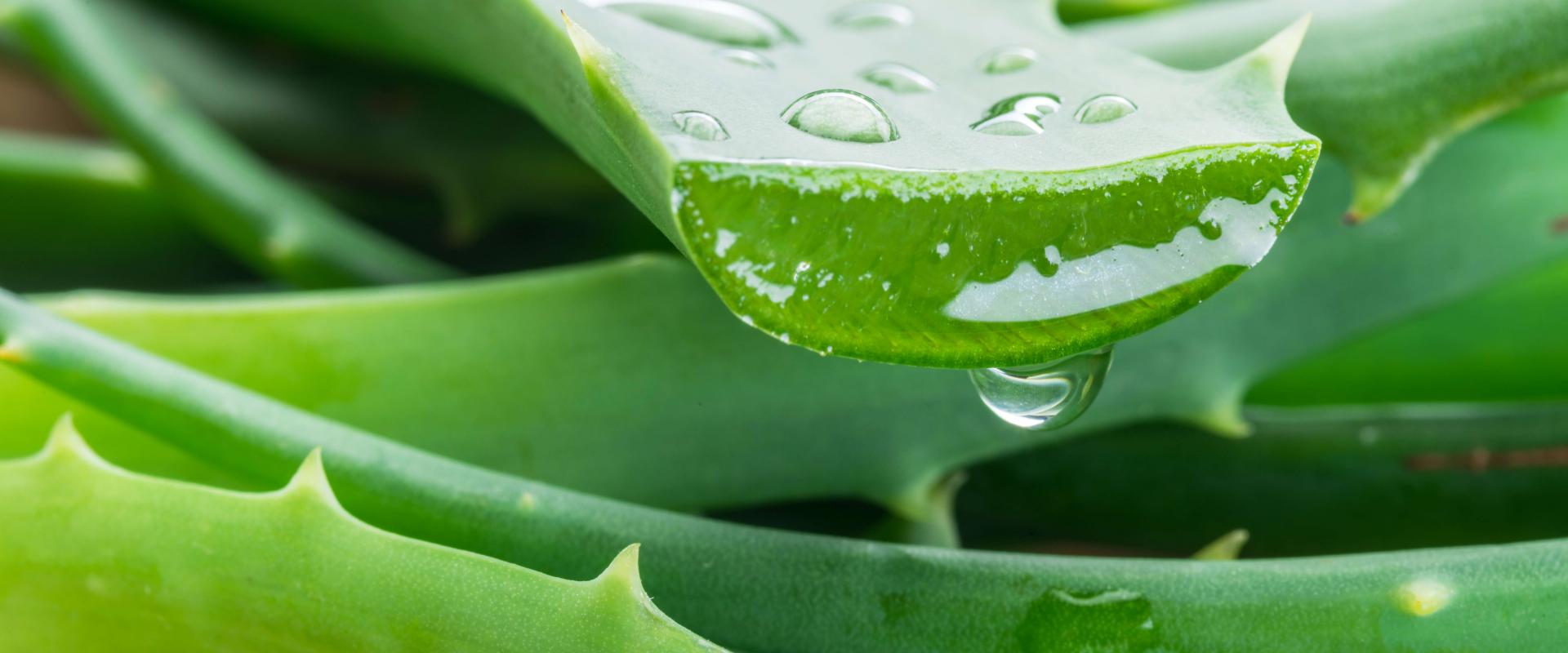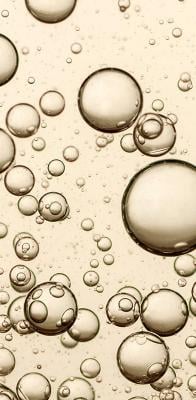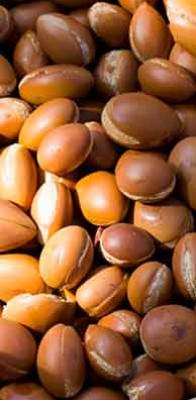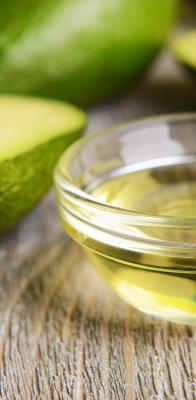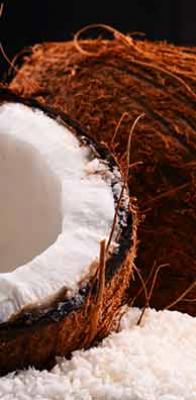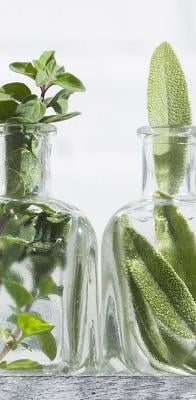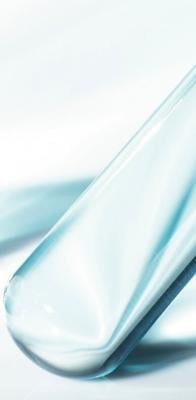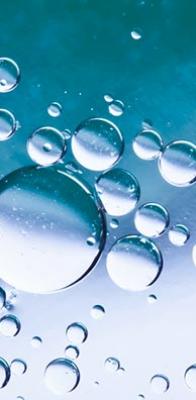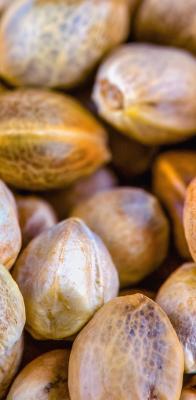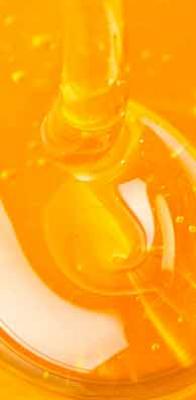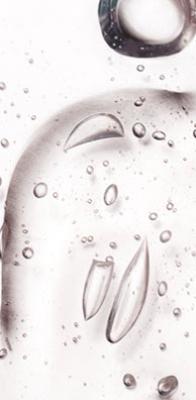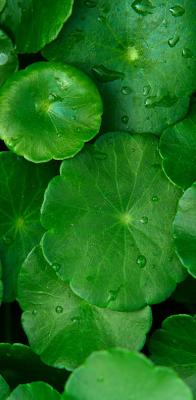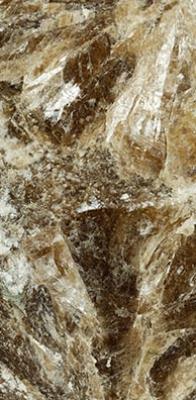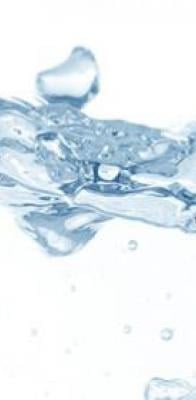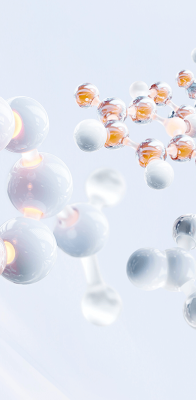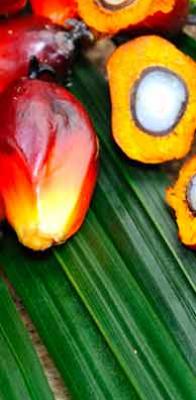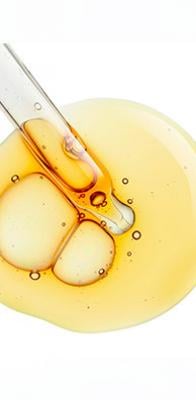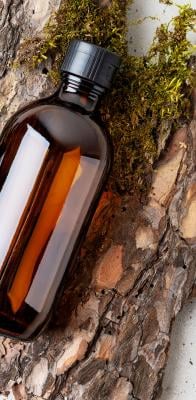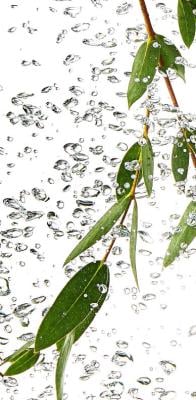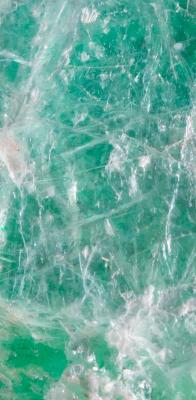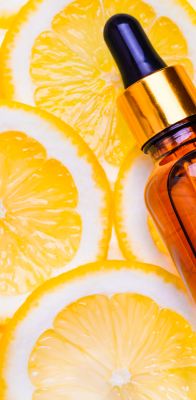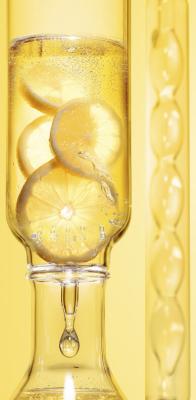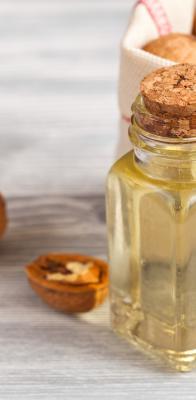What is aloe vera?
Aloe vera is a succulent plant. Full of water and rich in vitamins, minerals and amino acids, it is known for the moisturizing properties of the gel extracted from its leaves.
In our cosmetic products, aloe vera appears in the list of ingredients on the packaging under the names ALOE BARBADENSIS LEAF JUICE POWDER, ALOE BARBADENSIS LEAF JUICE, ALOE BARBADENSIS LEAF EXTRACT, ALOE BARBADENSIS LEAF WATER oder ALOE BARBADENSIS LEAF POWDER.
Where does it come from?

Aloe vera is a plant that grows naturally in hot, dry climates. Native to the Arabian Peninsula, it is widely cultivated throughout the world, mainly in Mexico, the southern United States, Spain and India.
In 2019, we launched a responsible sourcing program with our partners, the NGO Pronatura and our supplier Mexialoe in Mexico in the state of Campèche (Yucatan). The objective is to introduce organic aloe cultivation to small farmers to generate new income and strengthen the role of women in participating households, while conducting awareness campaigns on biodiversity protection. The project is in an area rich in biodiversity made up of dense forests, wetlands and savannah interspersed with farming areas.
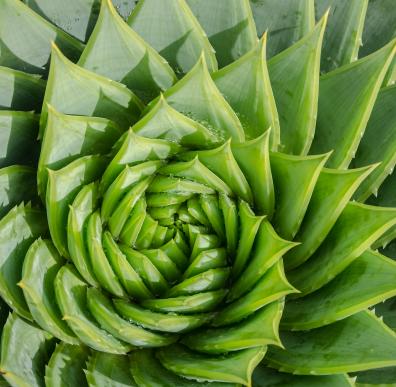
Aloe is a plant that can grow up to 5 meters high. Its leaves are grey-green, thick, tight and fleshy, edged with small prickles, or serrated. They contain a translucent, gelatinous pulp. They are harvested by hand and only the fleshiest whole leaves are selected. Within 6 hours of harvesting, they are sent to the nearby MexiAloe plant in the state of Campèche. The transparent pulp is then extracted manually by slitting the leaves. It is comprised of 99.5% water. It is filtered, stabilized and pasteurized to obtain a gel. The gel can be dehydrated to produce a powder.
We mainly use aloe vera in powder form, which limits the CO2 emissions linked to the transport from Mexico, where the aloe comes from (either from the solidarity sourcing project in Yucatan, or from a certified organic and fair trade supply chain).
What is it used for?
Since ancient times, aloe vera pulp has been used for its benefits on the skin and hair, particularly for its moisturizing, soothing and repairing properties. The gel has only been used since the discovery of a preservative with antioxidants, as it oxidizes very quickly.
-
Moisturizing
-
Soothing
-
Repair
What are the benefits?
Aloe vera is known for its moisturizing and repairing properties, it soothes and calms irritations.
The Facts:
- A scientific study1 has shown that aloe vera formulated in a cosmetic product applied once a day for 1 to 2 consecutive weeks, improves skin hydration.
- A study2 highlights the virtues of aloe vera, in particular its scientifically proven properties on skin repair. Its use is known to help reduce the appearance of wrinkles and the visible signs of aging.
1 S.E. Dal’Belo & al.” Moisturizing effect of cosmetic formulations containing Aloe vera extract in different concentrations assessed by skin bioengineering techniques.” Skin Res Technol. 2006 Nov;12(4):241-6
2 R. Rajeswari & al. «Aloe vera: The Miracle Plant Its Medicinal and Traditional Uses in India. » Journal of Pharmacognosy and Phytochemistry, No 8192, vol 1, issue 4
How is it used in our products?

We use aloe vera in powder or juice form, depending on the type of cosmetic products in which it is formulated. We formulate it mainly in our skincare products for its moisturizing benefits and in our after-sun cosmetic products for its moisturizing and soothing properties. Sunburnt skin is soothed.
With our responsible sourcing program, in collaboration with Pronatura and MexiAloe, we plan to enable 30 households in 5 villages to grow aloe by 2022.

